
As your child enters primary 2, they will get exposed to more math topics. Learning about more advanced shapes in geometry and doing more multiplication are some of the math concepts primary 2 students have to master. As P2 students expand their understanding of math, it is also important to ensure that they learn how to avoid making careless mistakes.
To help your child avoid these pitfalls, we’re excited to introduce the ‘Top 3 Common Math Mistakes and How to Avoid Them’ series. Teacher Shaun from the Spark Math teaching team is here to share some wonderful tips to prevent careless math errors. Keep reading to discover the three most common mistakes in P2 and learn how your child can easily sidestep them!
Common Mistake #1: Not Drawing Comparison Bar Models
Drawing a bar model is one of the most common heuristic applied to Singapore mathematical problem sums. When doing math, students need to identify when a problem sum calls for a comparison bar model. Comparison bar models use solid bars to show amount, known and unknown. They provide a simple way to help students comprehend math problems through visualisation.
If students do not draw bar models for questions that require them, there is a high chance that certain information can be overlooked. This can lead to wrong calculations and mistakes.
Common Mistake
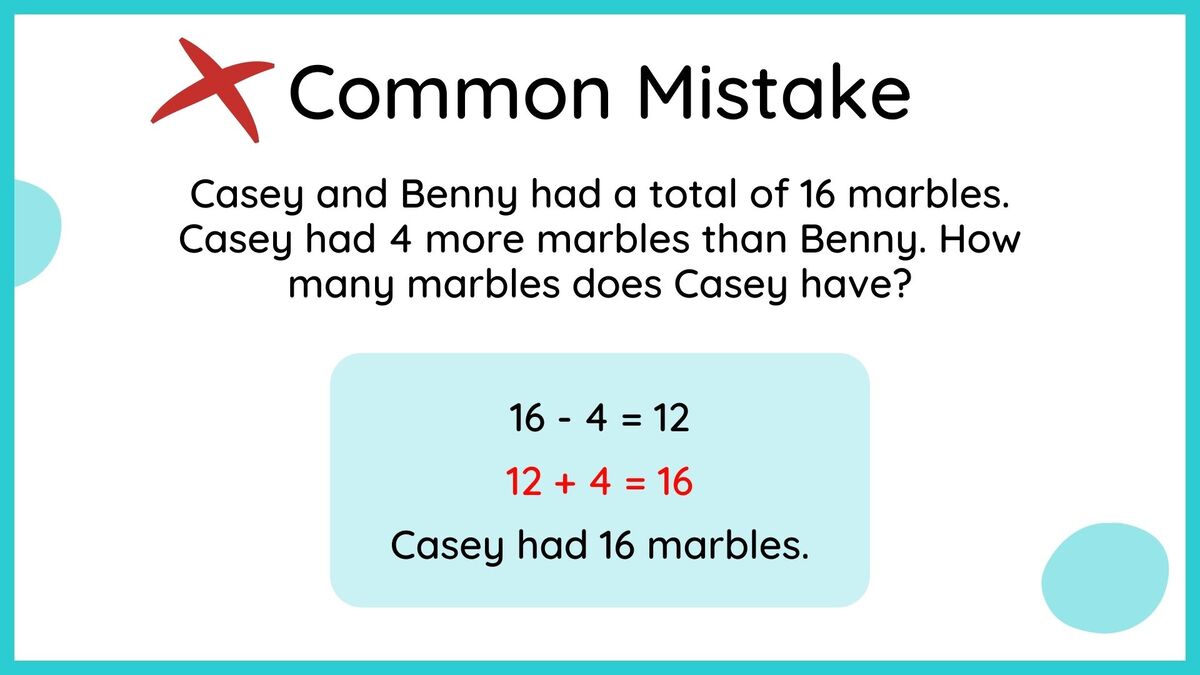
Solution
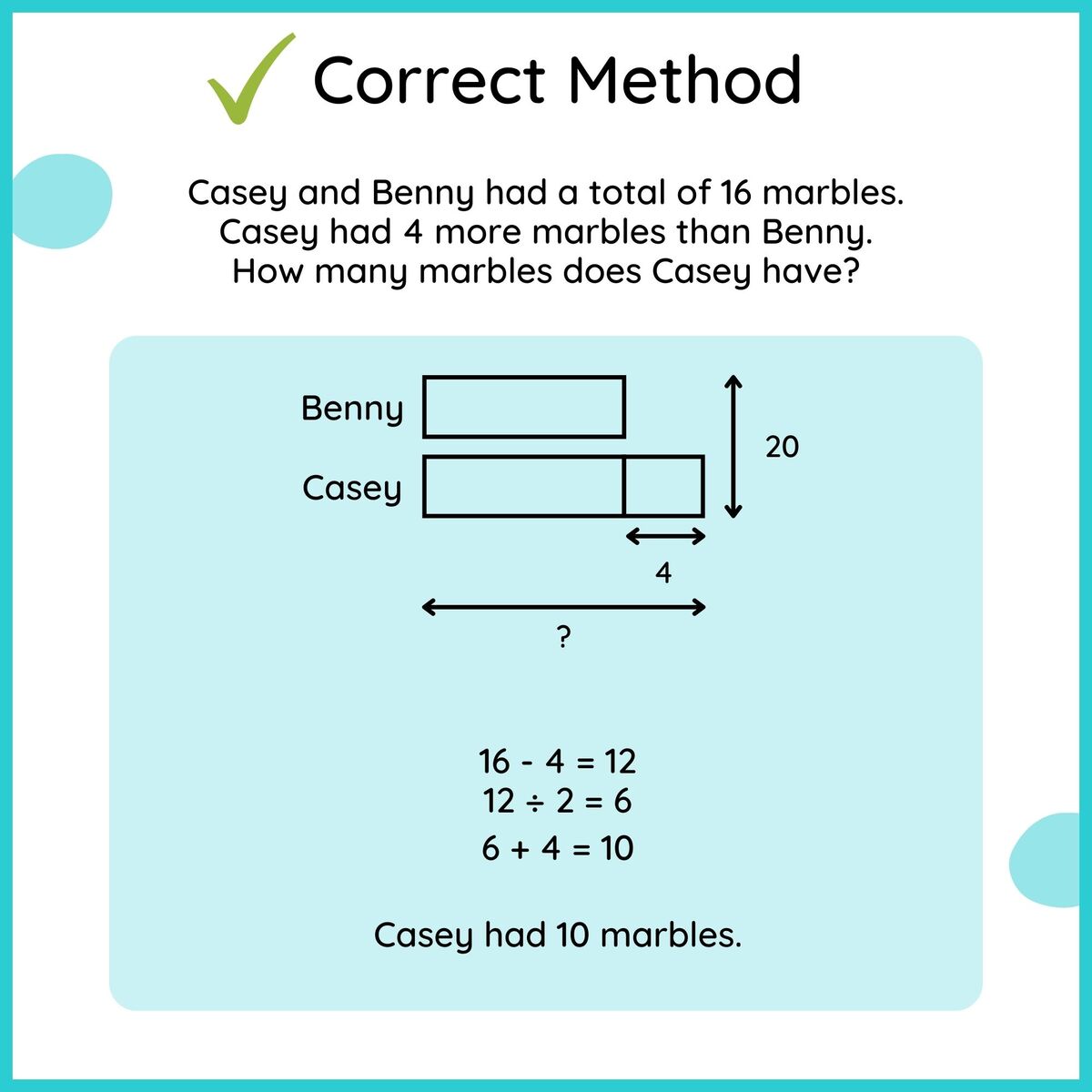
How to identify questions that require comparison bar models
Read the question carefully and keep an eye out for comparison terms in the question. Some common comparison terms include:
- more than
- less than
- fewer than
- taller than
- shorter than
- heavier than
- lighter than
When the question includes comparison terms, students can draw the comparison bar models to help them solve the question.
How to encourage your child to draw comparison bar models
- Explain the benefits of drawing bar models. Show them how bar models help to visualise the problem and make it easier to solve.
- Practice always helps. Provide your child with a variety of math problems that require the drawing of bar models. As they draw more bar models, they will get better at it over time.
- Make it fun and engaging for your child by turning the drawing of bar models into a game or competition!
Common Mistake #2: Not Doing Regrouping
One of the most important areas of primary math is learning about place value, or the value of each digit in a number.
Common Mistake
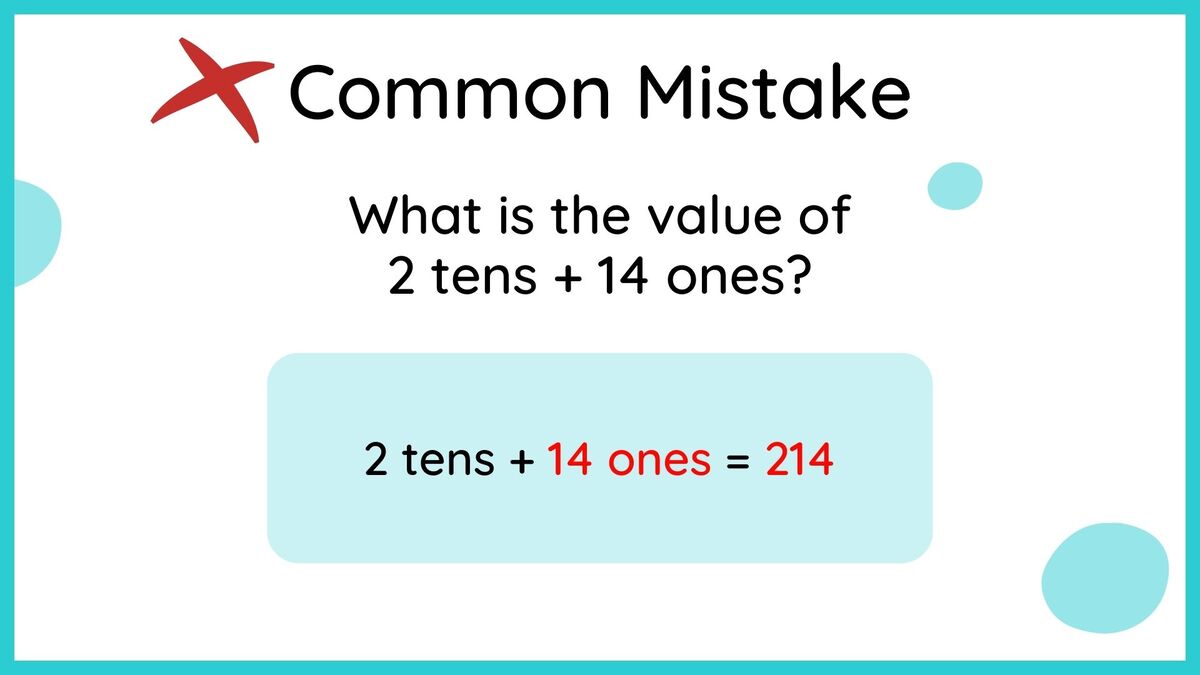
Solution
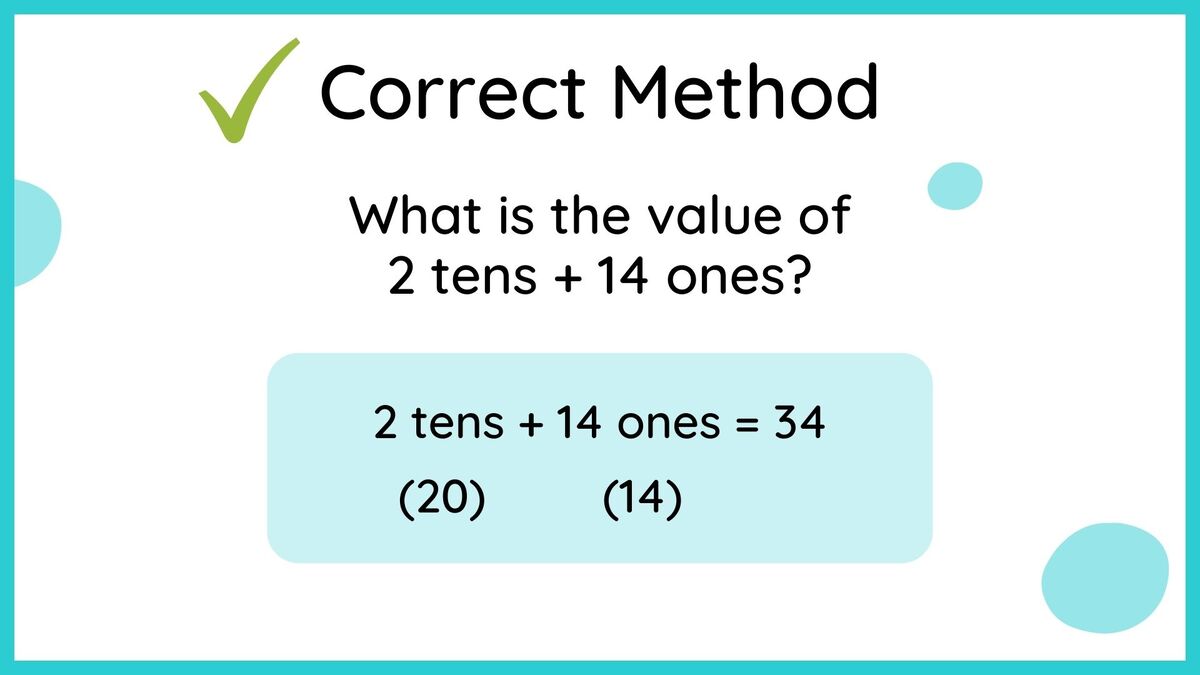
Why students make this mistake
When students started learning place values back in Primary 1, students convert the digits in the respective place values into a value.
Example : 2 tens 5 ones = 25
While the above example arrives at the same answer, students miss out on the opportunity to gain a deeper understanding of value and take their thinking to the next level by not converting “2 tens and 5 ones” into values first, (20) and (5). They must understand the rationale of place values in order to solve related questions correctly.
How to prevent this mistake
- For similar questions, get your child to convert the place values into the values first before adding them up.
- Give your child plenty of practice problems that involve place value. Start with simple problems and gradually increase the difficulty level. This will help your child to become more comfortable with the concept and less likely to make mistakes.
- Encourage your child to double check their work and provide them feedback to point out the mistakes they made.
Common Mistake #3: Incorrect group division due to a misunderstanding of English terminology
For some students, English may not be their strongest suit. Unfortunately, since math papers and examinations here in Singapore are in English, not knowing English well can negatively affect students’ performance in math as well.
Common Mistake
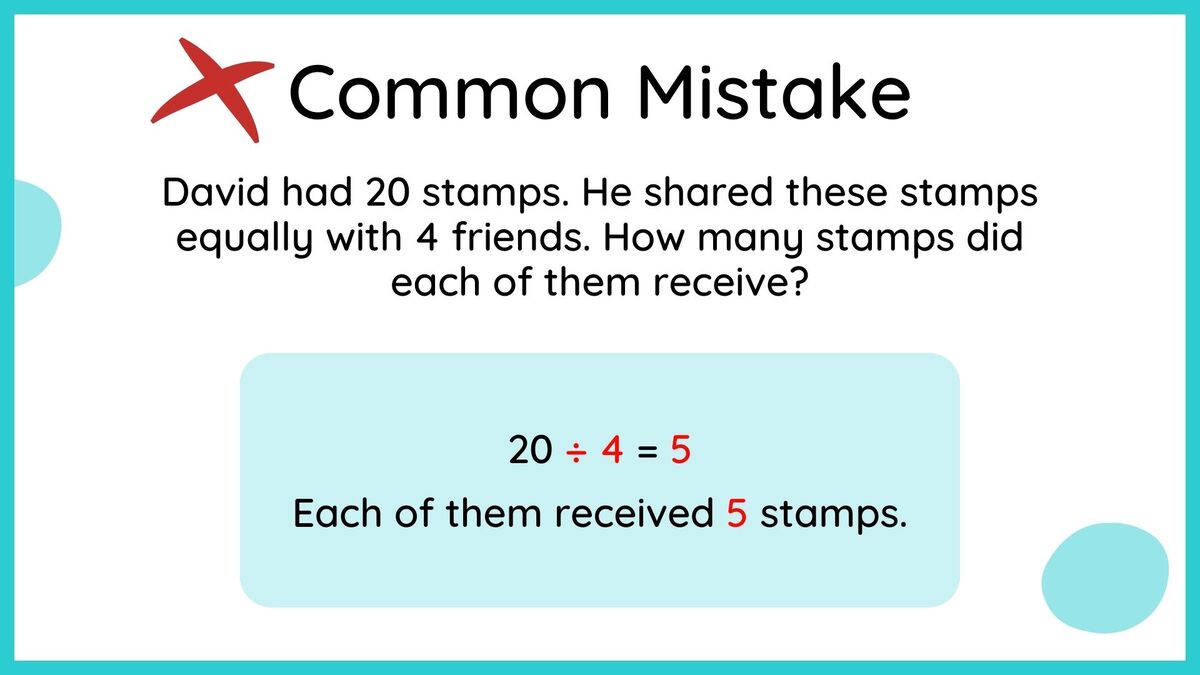
Solution
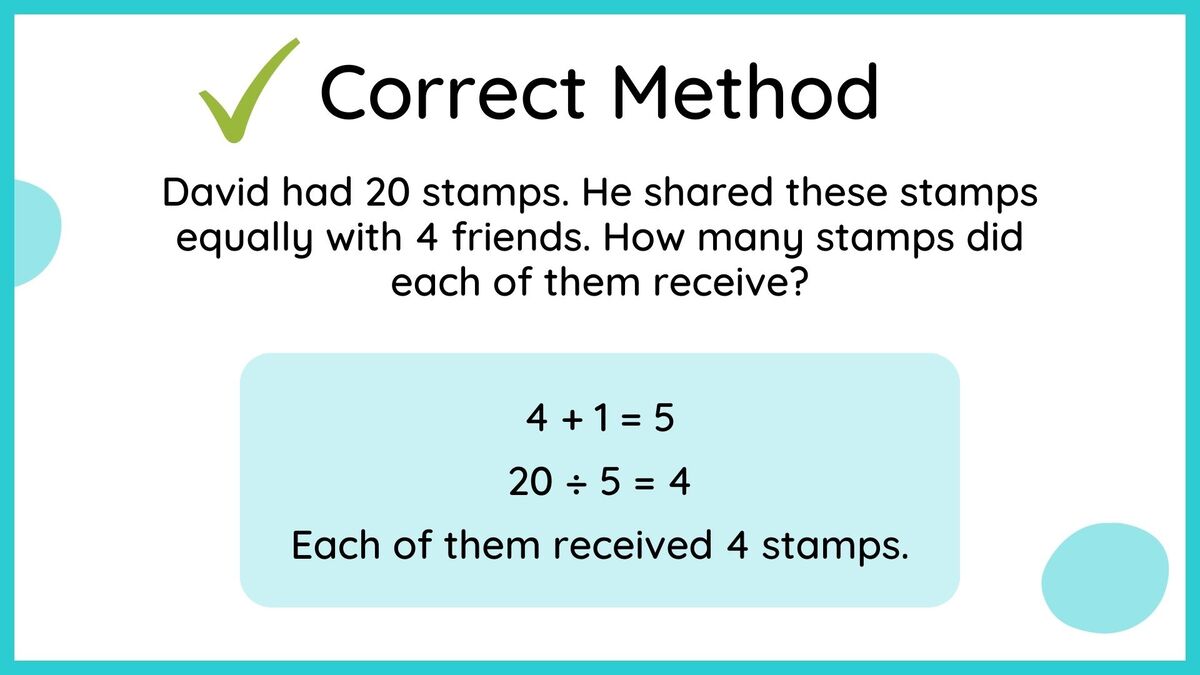
Understanding of English terminology is an important component to solving mathematical problem sums accurately. Consider it a win – while learning Math, students can up their game in English fluency too!
How to prevent this mistake?
Students must be able to understand the concept of shared equally with. They can apply the correct heuristic of Acting It Out or Drawing A Diagram to visualise and understand this word problem better.
With reference to the question above, David must be included in the sharing of stamps.
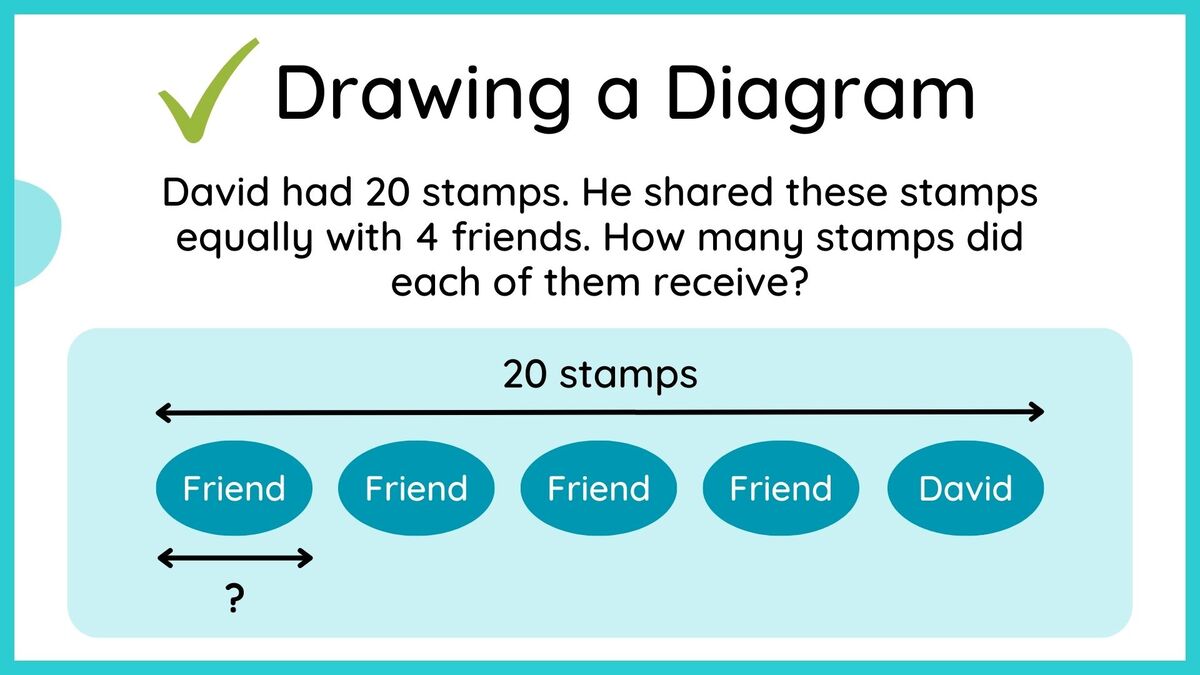
Students should take note of the English terminologies and understand the difference between them thoroughly. For example, the English terminology shared among involves another scenario with a different outcome:
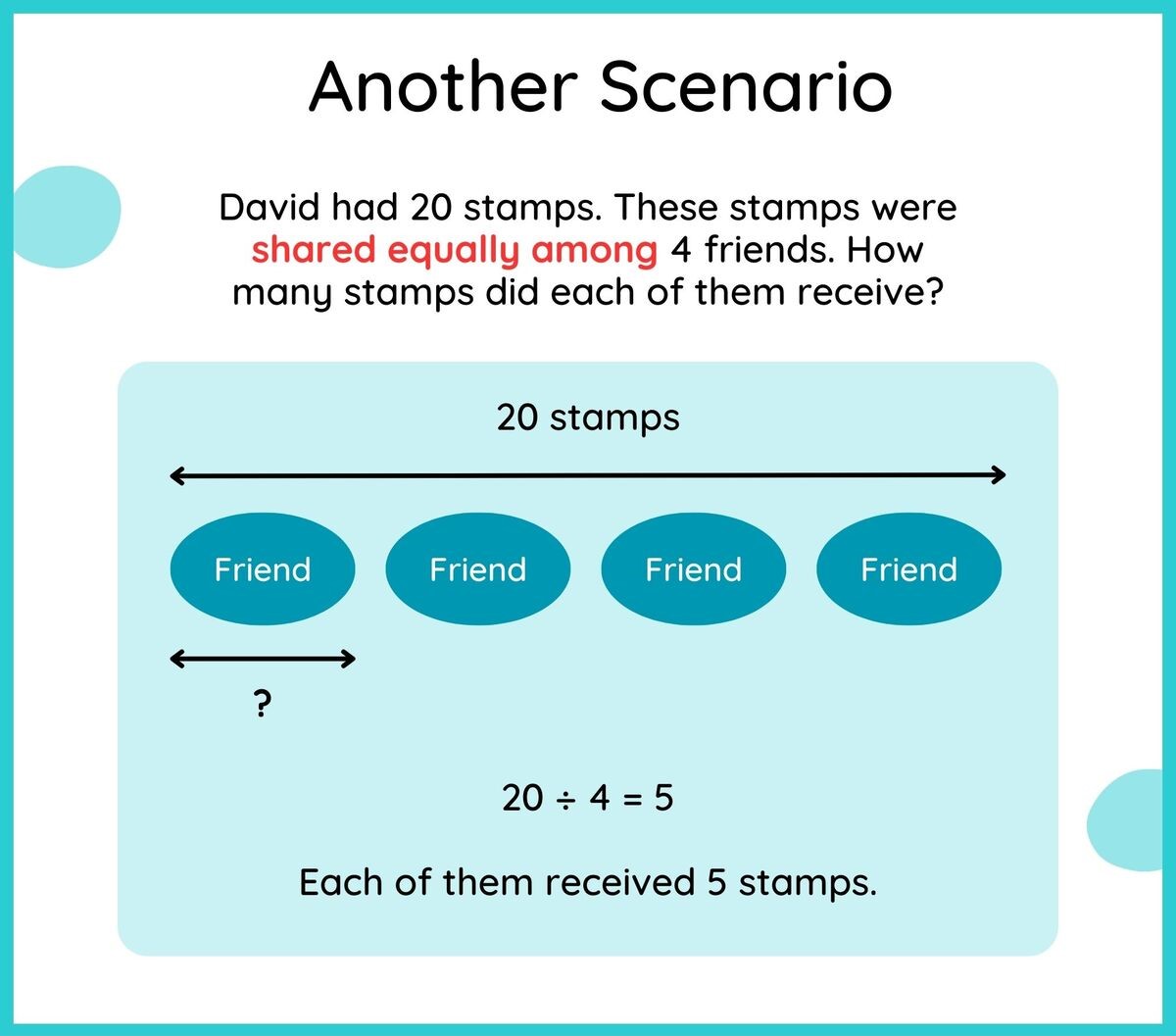
When shared among is used, such as in the question above, then in this scenario David is not included in the sharing of stamps.
Overcome mistakes and become a math ace
To young learners, mistakes can appear to be intimidating. It is crucial that they do not feel discouraged from a setback and continue to attempt the questions. Being encouraging to your child at such moments will also benefit them a lot. Keep these tips in mind, and with practice, children can learn from mistakes and make improvements, and continue nurturing their love for math!
Check out other posts in our Top 3 Common Math Mistakes and How to Avoid Them series:
At Spark Math, we believe that every child has the potential to excel in math. Take a look at our programmes and learn more about how Spark Math develops children into confident and motivated math learners! To get started, sign up for a free trial class.




